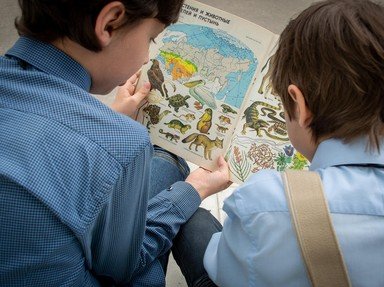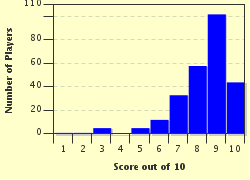Quiz Answer Key and Fun Facts
1. In 1665 Robert Hooke published "Micrographia", a book on microscopic and telescopic observations. In this book he describes the basic unit of life, the smallest living thing. What did he call this "unit"?
2. Who is credited with the invention of the microscope?
3. What did the inventor of the microscope call the microscopic life he saw under his microscope?
4. When preparing food to eat, what simple thing must you do before you start?
5. Louis Pasteur was one of the greatest scientists the world has ever seen. In 1864, Pasteur invented a method to prevent milk from being contaminated with microbes that may harm the person if they drank untreated milk. What was this process eventually called?
6. There are different types of microbes. Which one of the following is NOT a microbe?
7. In the 1800s when surgery was used to treat some diseases, some people died from infections because when they had surgery, the wound became infected. Which of the following could the surgeon use to prevent this?
8. A doctor must have sterile instruments before operating to prevent infection. What does sterile mean in this case?
9. In 1928, Alexander Fleming discovered the first antibiotic. What was this antibiotic called?
10. Not all microbial processes are bad. Some foods are actually produced by the action of microbes. Which one of the following foods is NOT produced, in part, by a microbial process?
Source: Author
1nn1
This quiz was reviewed by FunTrivia editor
NatalieW before going online.
Any errors found in FunTrivia content are routinely corrected through our feedback system.

